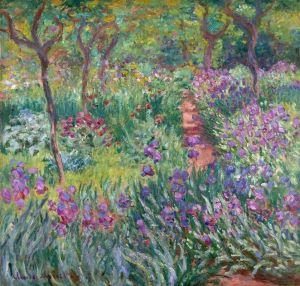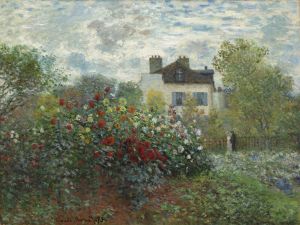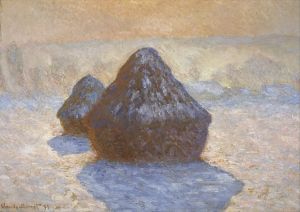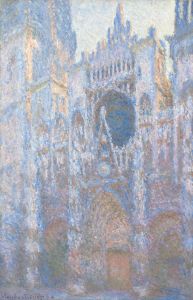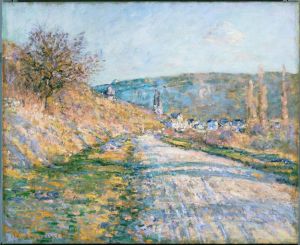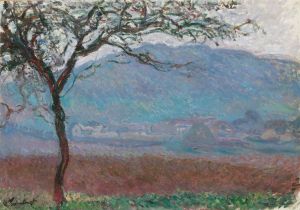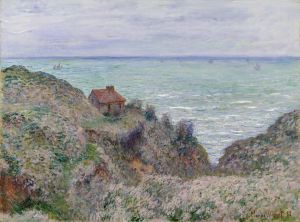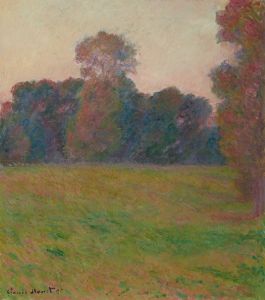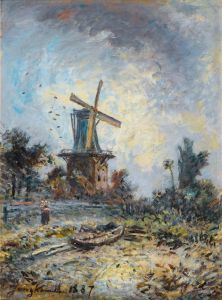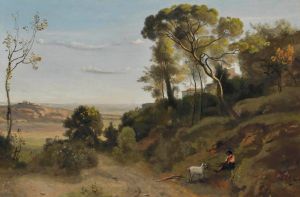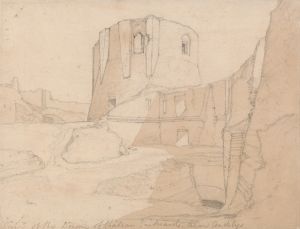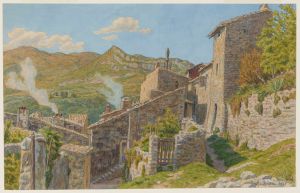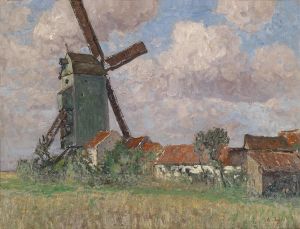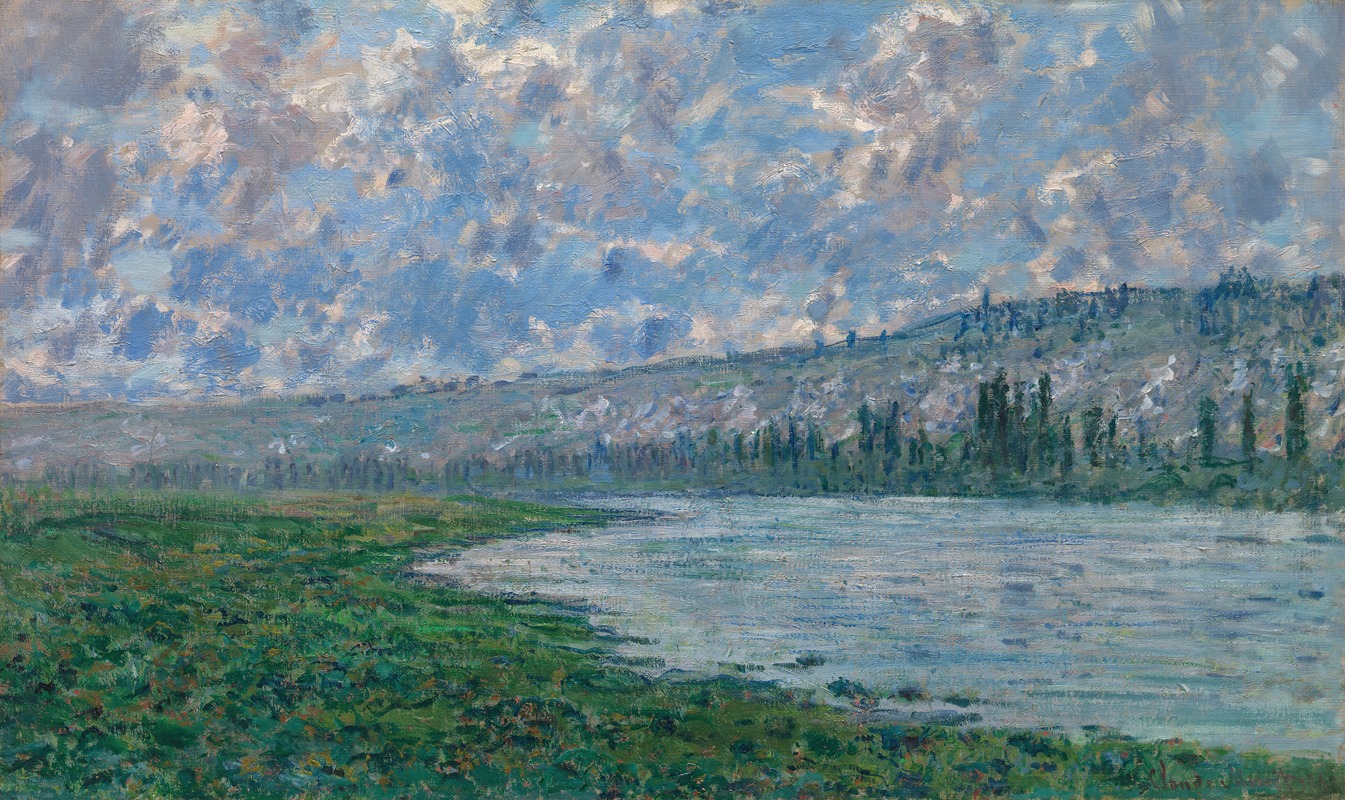
The Seine at Vétheuil
A hand-painted replica of Claude Monet’s masterpiece The Seine at Vétheuil, meticulously crafted by professional artists to capture the true essence of the original. Each piece is created with museum-quality canvas and rare mineral pigments, carefully painted by experienced artists with delicate brushstrokes and rich, layered colors to perfectly recreate the texture of the original artwork. Unlike machine-printed reproductions, this hand-painted version brings the painting to life, infused with the artist’s emotions and skill in every stroke. Whether for personal collection or home decoration, it instantly elevates the artistic atmosphere of any space.
The Seine at Vétheuil is an oil painting created by the French Impressionist artist Claude Monet in 1880. This work is one of Monet's many depictions of the Seine River, a subject he revisited frequently throughout his career. The painting captures the serene beauty of the river near the village of Vétheuil, where Monet lived from 1878 to 1881. During this period, Monet produced numerous works that reflected his fascination with the interplay of light, water, and atmosphere.
The painting showcases Monet's signature Impressionist style, characterized by loose brushwork, vibrant colors, and an emphasis on capturing the fleeting effects of light and weather. In The Seine at Vétheuil, Monet depicts the river with a sense of tranquility, using soft blues, greens, and subtle reflections to convey the calmness of the water. The composition includes elements of the surrounding landscape, such as trees and distant hills, which are rendered with a delicate, almost ethereal quality.
Monet's time in Vétheuil was marked by both personal and professional challenges. Financial difficulties and the illness of his first wife, Camille Doncieux, who passed away in 1879, deeply affected him. Despite these hardships, Monet continued to paint prolifically, finding solace and inspiration in the natural beauty of the area. Vétheuil and its surroundings provided Monet with a rich variety of subjects, including the Seine River, the village itself, and the changing seasons.
The painting is part of a broader series of works Monet created during his stay in Vétheuil, many of which focus on the Seine and its changing moods. These works demonstrate Monet's ability to capture the transient qualities of light and atmosphere, a hallmark of the Impressionist movement. His innovative approach to color and composition influenced not only his contemporaries but also future generations of artists.
Today, The Seine at Vétheuil is recognized as an important example of Monet's work during this period. It reflects his dedication to exploring the effects of light and his deep connection to the natural world. The painting is held in the collection of the National Gallery of Art in Washington, D.C., where it continues to be admired by visitors and art enthusiasts from around the world.





